We see sustainability & environmental protection as a responsibility
Sustainable action requires the careful handling of raw materials. We face this responsible task every day!
Süd-Metall Beschläge GmbH focuses on sustainability and the careful use of nature’s resources. We try to keep our ecological footprint as small as possible. We constantly try to optimize our processes and avoid idle time and waste.
Climate protection certificate:
100% green electricity
Since 01 January 2023, the provider LichtBlick supplies Süd-Metall Beschläge GmbH with 100% green electricity. The electrical energy fed to the grid by LichtBlick does not come from nuclear, coal or oil power plants and it is fully gained from ecological energy sources. Climate-neutral energy from LichtBlick is therefore not only good for business, but also for our planet. By purchasing LichtBlick electricity, we are able to avoid 105.00 tons of attributable CO² emissions each year.

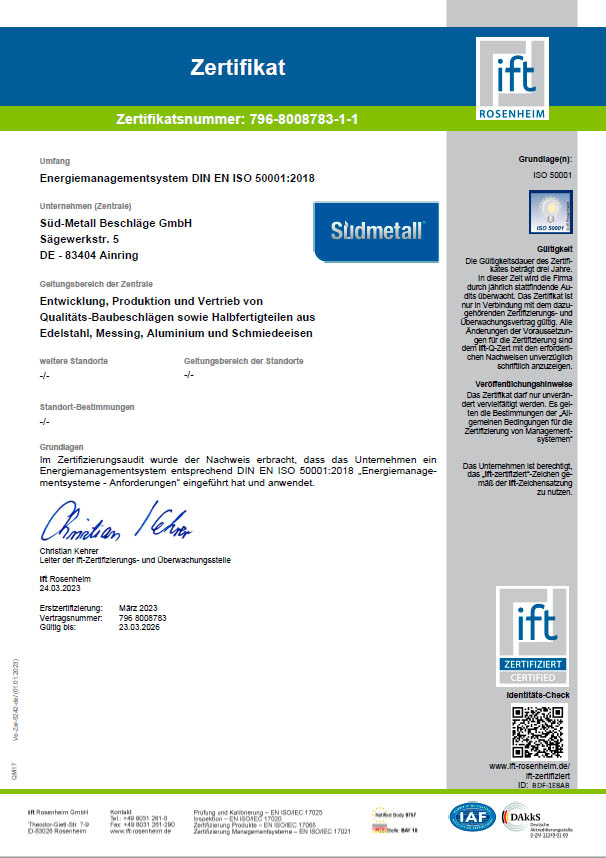
Certification: Energy Management System DIN EN ISO 50001:2018
We are aware of our responsibility to the environment and take a systematic approach to increasing our energy efficiency. Our company relies on the new version of ISO 50001 and goes one step further. We take into account not only our own energy needs, but also external requirements and risks. In doing so, we see risks and opportunities as part of our strategic alignment at the highest level. In this way, we integrate the principles of energy management into the structure and strategy of our company.
Our energy efficiency management is systematic and responsible. We work in a structured and strategic way to reduce our energy consumption, CO2 emissions and costs. Our aim is to reduce our environmental footprint, conserve resources and promote climate protection. With our energy management system, we contribute to sustainability and demonstrate our commitment to the environment.
Solar energy
Sustainable energy generation with solar energy systems
By using solar energy, sunlight can be converted into heat and electricity free of charge and in a climate-friendly way, contributing significantly to climate neutrality. The sun provides us with about 1,000 kw/h of energy per square meter annually. That is a lot more than the amount of energy that humans need. Converting sunlight into heat or electricity is environmentally friendly, without emitting climate-damaging CO2.
By 2018, the company Alpenwatt GmbH had already installed a photovoltaic system on the roofs of Südmetall’s warehouses to generate electricity. Photovoltaic systems use the sun’s energy and are therefore one of the three “clean” resources for environmentally friendly electricity generation, along with wind and hydroelectric power plants.
On cloudless days, thanks to the company’s sunny location, the photovoltaic system can produce a lot of electricity. As office hours usually overlap with sunshine hours, there is therefore the possibility to cover a large part of the electricity consumption using solar energy.
The system, set up on an area of around 4000 m², has a maximum output of 240.96 kWp (kilowatt peak = maximum output). This value is very technical and is influenced by the temperature of the photovoltaic modules, the number of hours of sunshine per day, the cleanliness of the air, the strength of the solar radiation, the shading of the modules, the pollution, the orientation of the modules and the angle of inclination at which they are positioned. There are many factors to consider when deciding to operate such a system. As a rule of thumb, you can expect 900 kWh of electricity per kWp and per year. This means that the system at Südmetall can produce up to 216,864 kWh of electricity per year. For comparison: A 4-person household consumes about 3500-4500 kWh of electricity per year. This enormous amount of energy is hardly consumed even by a large company like Südmetall, so that the photovoltaic system can also supply the surrounding area with clean green electricity.
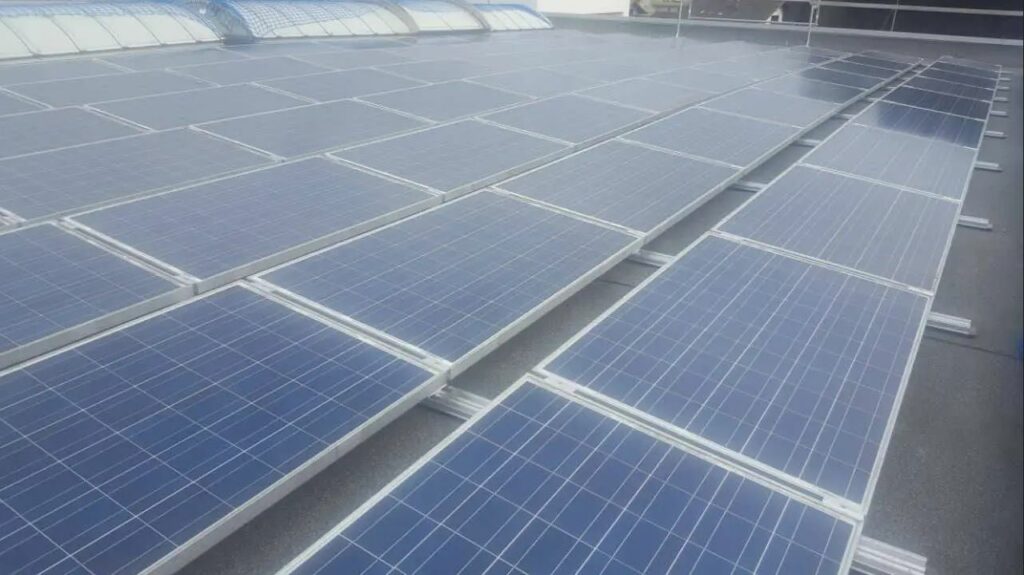
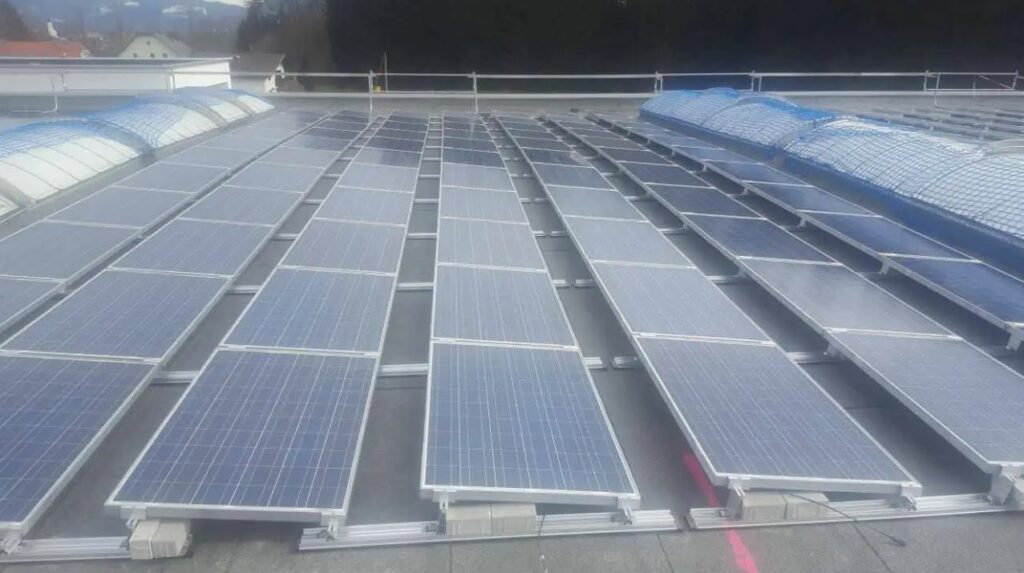
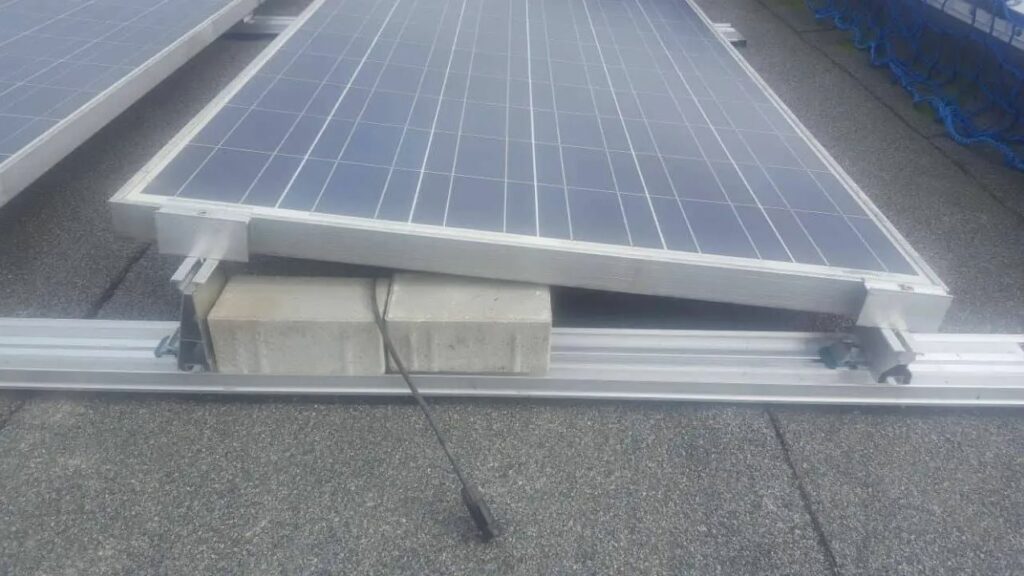
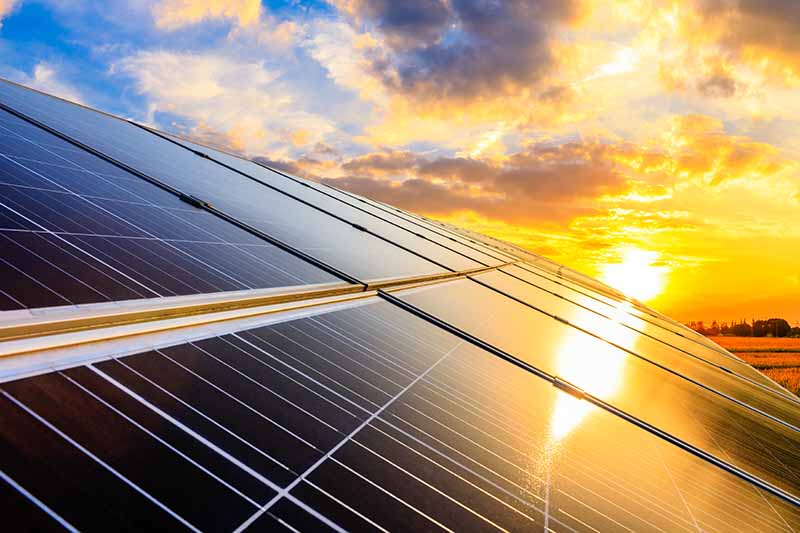
How does a photovoltaic system work?
Photovoltaic systems benefit from some special properties of metals. First, it should be known that what forms our electricity are “moving” electrons. In silicon, for example – the metal most commonly used in modern photovoltaic systems – there are no free electrons to conduct electricity. It is therefore a very poor conductor. To be able to generate electricity, two adjacent plates must be formed in which some silicon particles are replaced by other atoms with a different number of electrons. One plate then has a surplus of electrons, the other too few.
When sunlight hits the upper plate with the excess electrons, it absorbs certain frequencies of light and the light gives up its energy to the metal in the form of photons (hence “photo” voltaic). The result is that the excess electrons have the opportunity to dissociate and move. Due to the lack of electrons in the lower plate, they begin to move down, creating a charge difference. This produces the current we know from the energy grid.
Resource-saving heat generation with wood chips
Süd-Metall Beschläge GmbH wants to reduce its dependence on fossil fuels and contribute to climate protection.
A wood chip plant was therefore built to heat office buildings and warehouses in a CO2-neutral and energy-efficient way. Heating with wood chips does not require the felling of a single additional tree, and it is crisis-proof because every year a third more wood grows than we consume.
Südmetall’s wood chips consist of wood residues that have been shredded with sharp tools so that they can be stored and dried more compactly. Südmetall sources the woodchips from local suppliers to minimize the environmental impact of transportation.
In order to utilize the woodchips in the most energy and environmentally efficient way, their drying is very important. Our suppliers carry out the drying of the woodchips in a resource-saving manner. The use of a biogas plant produces waste heat as a by-product. This waste heat is used to reduce the moisture content of the wood from 50% to 15%, which facilitates subsequent ecological combustion.
Once they arrive at Südmetall, the wood chips are stored to later supply the wood chip plant. The plant itself functions fully automatically: the wood chips are conveyed to the combustion chamber, where an automatic ignition process ignites them. In the process, the woodchips burn almost completely due to the oxygen supply controlled by the system. The resulting heat warms the water surrounding the combustion chamber, and in turn heats the company’s premises. The fully automatic operation of the plant ensures that the woodchips are burnt with as few emissions as possible. Wood in itself is a very environmentally friendly energy supplier, since in the case of complete combustion only as much CO2 is released as the tree absorbed for its growth. To achieve complete combustion, the wood should be as dry as possible and divided into as many small pieces as possible – precise the requirements that our woodchips at Südmetall fulfil.
.

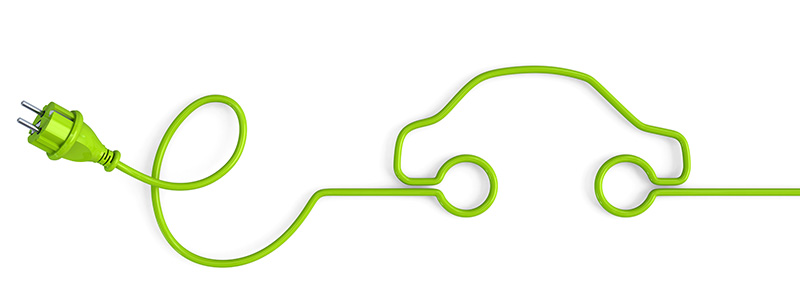
Hybrid vehicles
Hybrid vehicles reduce gasoline consumption and as a result CO2 emissions by 20-40%, depending on the model. They are particularly suitable as city cars. Here, frequent acceleration, braking and driving at low speeds are the order of the day. Electricity is produced from the energy generated during braking (motor/generator). This electricity is stored in the battery and can be used again for starting. The most economical way to move the vehicle is to operate it in sailing mode (accelerate with as little energy as possible and then let the car roll in sailing mode without using any energy).
The negative side is that they consume more fuel when driving overland due to their heavier weight. Südmetall promotes sustainability and has already converted a small part of its fleet to hybrid vehicles in order to protect the environment.
Climate Protection and Energy Efficiency Network in Berchtesgadener Land
In order to fight climate change and diminish dependence on energy sources, a reduction in energy consumption is the key to success.
While reducing energy consumption, energy efficiency also reduces CO2 emissions from power plants as well as EU import costs.
Together with the Berchtesgadener Land Wirtschaftsservice (BGLW), Bayern Innovativ and ten companies in the region, the Forschungsstelle für Energiewirtschaft (FfE) founded an energy efficiency and climate protection network that aims to make high savings potential available in the companies and to sustainably reduce energy costs. The network currently includes the companies SÜD-Metall Beschläge GmbH (Ainring), Trans-Textil GmbH (Freilassing), Wäscherei Abel (Anger), MAFO Systemtechnik AG (Teisendorf), Schnurr GmbH (Bischofswiesen), Dolomitwerk Jettenberg Schöndorfer GmbH (Schneizlreuth), Lindner Group (Arnstorf), Klosterhof – Alpine Hideaway & Spa (Bayerisch Gmain), Brauerei Wieninger (Teisendorf) and KIEFEL GmbH (Freilassing).
It discusses topics that are currently of particular concern to companies in the energy sector – intensified by the current energy crisis. The focus is primarily on the use of waste heat, the supply of cooling and heating, the preparation of climate balances and the use of photovoltaic systems, but also energy management systems or the company’s own CO2 footprint. For this reason, joint energy efficiency workshops will in future take place four times a year, with expert presentations, plant tours and an exchange of experience between the participating companies.
Furthermore, the individual companies will hold target-setting workshops together with FfE in order to identify economic energy-saving potential, work out measures to reduce emissions and agree on a concrete savings target, verified by annual monitoring. These cumulative targets ultimately result in the network’s common goal. The participating companies are thus making good progress towards the goal proclaimed by the Bavarian state government of achieving climate neutrality in Bavaria by 2040. Read more…
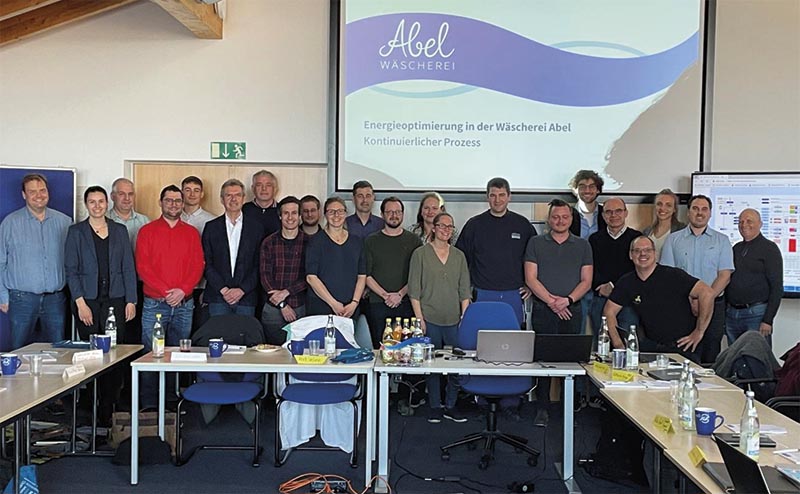
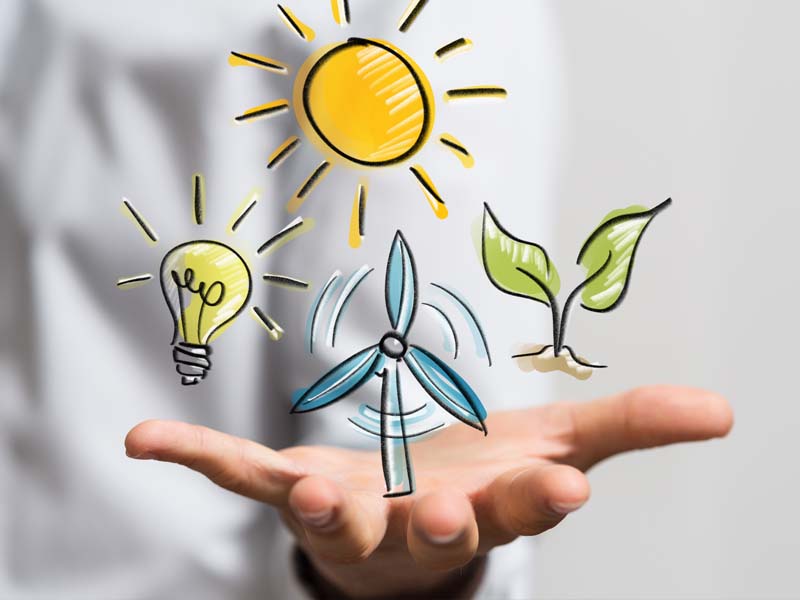
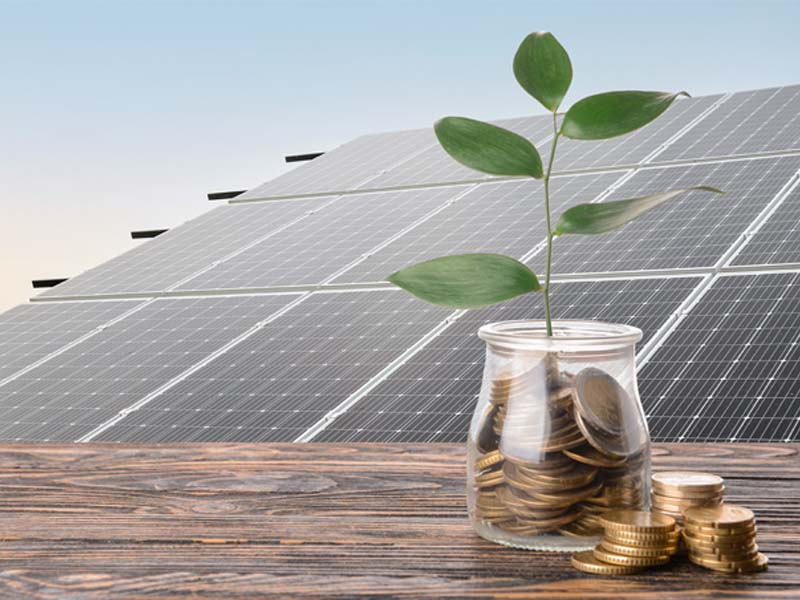
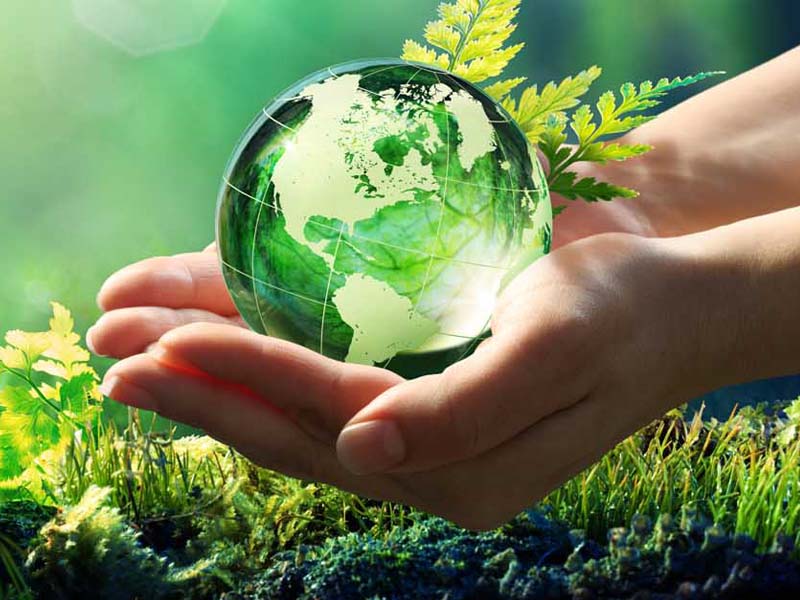
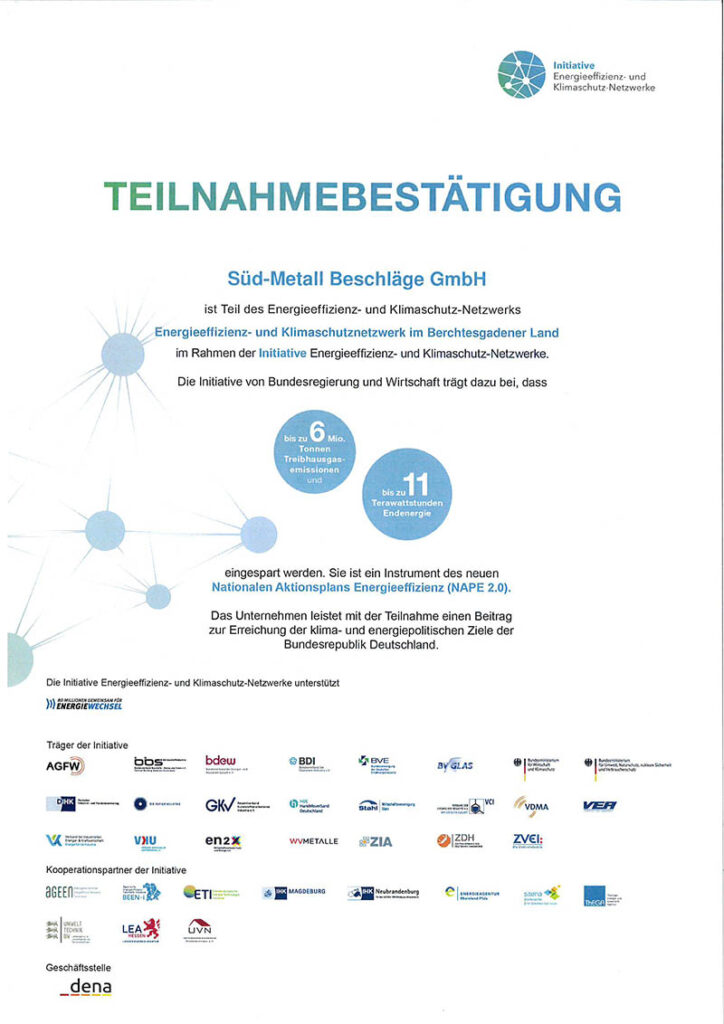
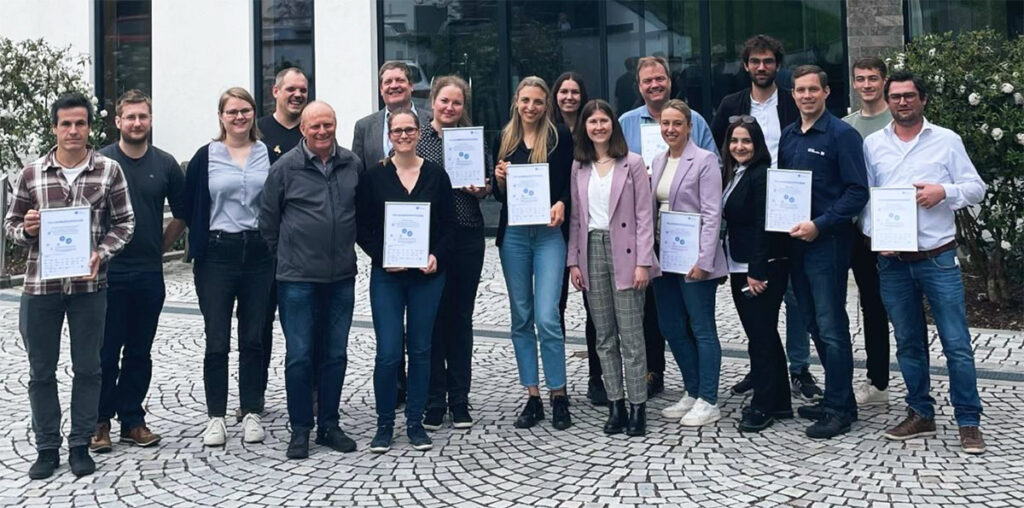
On 03.05.2023 the 2nd efficiency workshop of the energy efficiency network BGL took place. During this event, there was a lively debate on the topic of carbon footprint. Participants shared their views and discussed strategies to reduce the environmental footprint. The discussion was characterized by a strong commitment to environmental protection and a clear objective to minimize the ecological footprint. The workshop was thus an important step towards a more sustainable future and illustrated the participants’ commitment to environmental protection.
A responsible environmental footprint is more important today than ever before. It is about minimizing our ecological footprint and therefore protecting our planet. In this context, a positive environmental footprint means that we as individuals, companies and society take active measures to reduce our greenhouse gas emissions and optimize our use of resources. Only through consistent and sustainable implementation we can secure a future worth living for generations to come. The environmental footprint includes the absolute emissions, which can be recorded with the help of the Ecocockpit and the Defra emission factors. A comprehensive carbon footprint assessment requires the creation of a Scope 1 and 2 balance, but an extension to Scope 3 emissions must also be considered. Here, it is important to precisely determine the calculation approach for emissions and to adapt it to the individual circumstances of the organization. In this context, the Greenhouse Gas Protocol provides valuable support for assessing the climate footprint and determining measures to reduce emissions.
We at Südmetall want to make our contribution and consciously work for a positive climate balance.